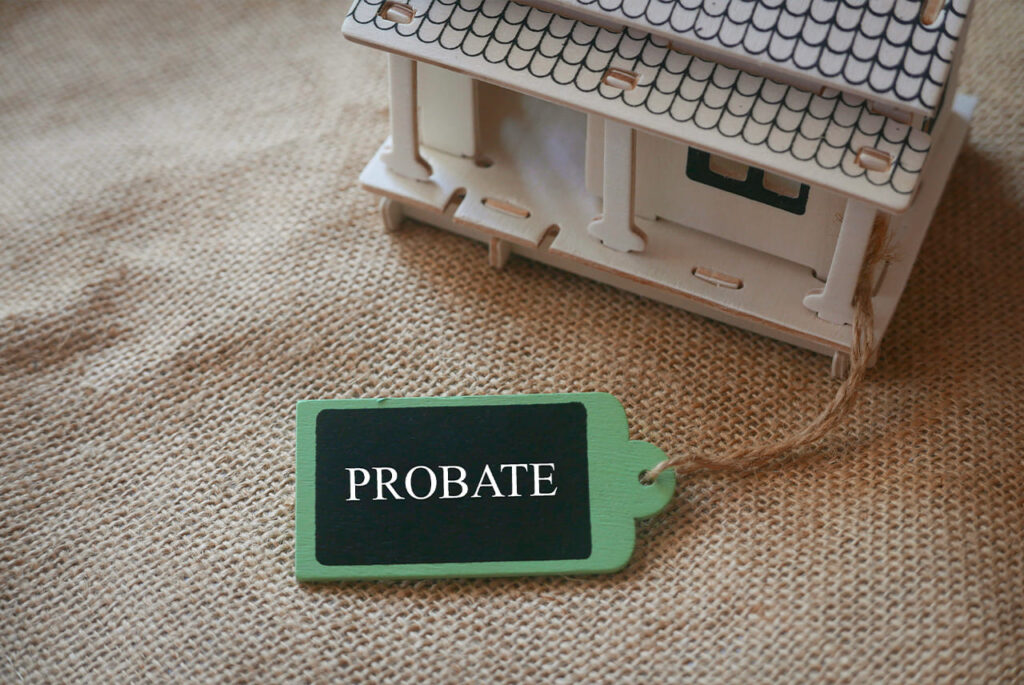
1. Establishing a Trust Committee:
A trust committee comprises multiple trustees who collectively make decisions regarding trust administration. By distributing decision-making authority among committee members, a trust committee can promote collaboration and consensus-building, reducing the likelihood of disputes.
2. Appointing a Trust Protector:
A trust protector is an independent third party appointed to oversee the administration of the trust and ensure that the trustees act in accordance with the settlor’s wishes. The trust protector has the authority to intervene in disputes among trustees, provide guidance, and take corrective action if necessary, helping to maintain trust integrity. Sometimes, trust protectors may even remove and replace trustees
3. Implementing a Tie-Breaker Method:
Incorporating a tie-breaker method into the trust agreement establishes a mechanism for resolving disputes when trustees cannot reach a consensus. This method designates a specific criterion or individual whose decision serves as the final resolution, providing clarity and certainty in contentious situations.
4. Appointing an Independent Decision-Maker:
In cases where trustees cannot agree on a course of action, appointing an independent decision-maker outside of the trust committee or trust protector can provide an impartial resolution. This individual, often a trusted advisor, a CPA or legal professional, evaluates the circumstances impartially and makes a binding decision to resolve the dispute efficiently.
Importance of These Measures in New York
In New York, where courts are overwhelmed with cases and legal proceedings can be prolonged, incorporating measures to prevent disputes among trustees is paramount. By proactively addressing potential conflicts through trust agreements, settlors can avoid the costly and time-consuming litigation process, preserving trust assets and beneficiaries’ interests.
Promoting Harmony and Efficiency in Trust Administration
In conclusion, establishing measures to prevent disputes among trustees is essential to maintain harmony and efficiency in trust administration. By incorporating mechanisms such as trust committees, trust protectors, tie-breaker methods, and independent decision-makers into trust agreements, settlors can mitigate the risk of conflicts and ensure that the trust operates smoothly in accordance with their wishes. In jurisdictions like New York, where court resources are strained, these measures are particularly crucial for streamlining trust administration and protecting beneficiaries’ interests. Consulting with Schwartsman Law Group is advisable to tailor these measures to the unique needs and circumstances of each trust.


